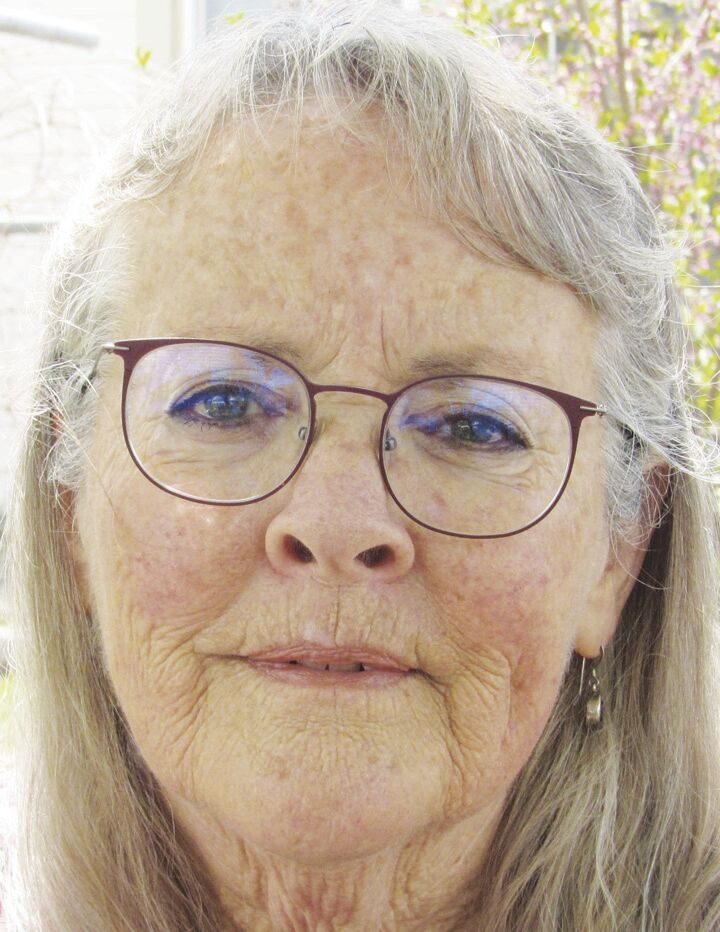Gardening with Grandma: Get big garden results from small spaces
Published 11:00 am Sunday, February 11, 2024

- Hagen
In the previous “Gardening With Grandma” column, this issue was going to be about pH levels in your soil, what they mean, and how to change them. I have decided to go in a different direction, though, and hope you enjoy what I discovered.
Trending
Several new ideas have been published lately that allow people with little to no garden space to grow herbs, flowers, and even some vegetables. I had inspired myself with the same idea and discovered it was already published online with pictures and text describing the process. It is just one example of ingenuity and diligence when it comes to gardening! So here are a couple of ideas gleaned from the articles I have scoured.
We’ve all seen those hanging shoe caddies, right? Take the idea of the hanging caddy, put it where it will get at least six hours of direct sunlight each day, fill the pockets with premium potting soil, plant seeds that will grow quickly, or smaller plants from four or six pack nursery trays, water thoroughly, and there is your instant garden. Most annual herbs can be grown this way, also.
The only detriment to growing plants like this could be from the water runoff. It will most likely stain any wall it is attached to. I am going to try this with herbs and flowers while hanging the caddy on the south wall of my outdoor garden room.
Trending
Thinking of vegetables grown this way, it would be a good idea to use the largest seeds you can think of that sprout quickly, such as climbing varieties of peas or beans. This would allow them to cascade down over the caddy pockets. Being grown on such a small soil mass, monitoring routinely, and fertilizing as needed would be a necessity. These pockets will also dry out quickly so daily watering is essential.
Another idea I believed to be a Grandma Jennie original, but wasn’t, is to use one of those black bags designed for composting leaves. Fill the bag about ¼ of the way up with the best soil and compost that you can, make small horizontal slits along the fabric walls at the soil line, no more than eight slits about 4 inches in length, keeping the circle of slits the same height from the ground all around the bag. Place your seed potatoes so that they barely poke out of the slit in the bag, water thoroughly, and repeat. You should have four or five circles of potatoes ready to grow, and a bountiful harvest in late summer.
Of course, this idea isn’t limited to potatoes. The top row could even incorporate carrots or herbs. It’s just a great way to get a bounty of food, with little to no effort, in a very small space. Heavier vegetables, such as squash, could be grown on the bottom row as the plants naturally cascade down from the bag. If you’d like to keep the bag and use it again next season, be mindful that after harvest, the bag needs to be turned inside out, rinsed, and if at all possible, dip it in a solution of 1 tablespoon of bleach for every gallon of water. At a minimum, turn the bag inside out to let dry thoroughly.
I hate to end this on an annoying garden note, but the aphids are back in my sunroom. I’m going to have to try something different. …








